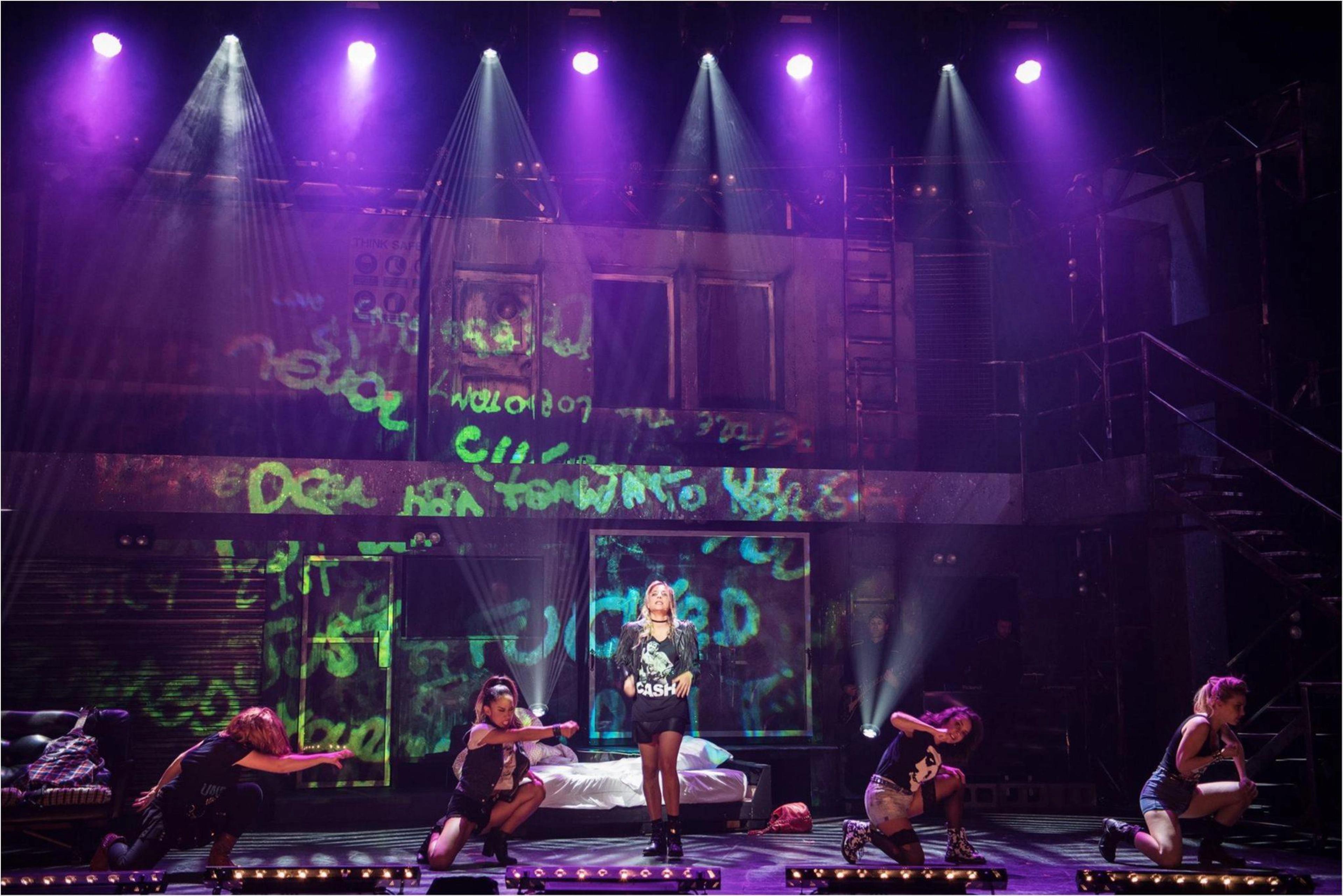Fully scalable
There are no limits on the number of display devices you can add to your WATCHOUT show. That means no limits on your creativity!
Contact us!
Enter your details and we'll contact you shortly.
Multi-display production and playback
WATCHOUT multi-display software is your fast track to creating spectacular shows. Use WATCHOUT to compose and manage all the different media elements in your show – video, still images, animations, graphics, live streams, sound – and then play it back on multiple displays. Perfectly synchronized, high resolution and right-on-cue.
You'll find WATCHOUT in action behind the scenes at live events, projection mapping, in broadcast studios, museums, show rooms, visitor attractions, cruise ships, houses of worship and experience centers. In other words – just about any market or application where you want multiple display devices and maximum impact.

“WATCHOUT was integral in realising the design and making it 'tour proof'”
– Craig Wilkinson, optikal bloc
WATCHOUT received a total makeover with the advent of version 7. Here are some of the key changes
A WATCHOUT 7 system contains three main elements:
1. Producer: this is the main application where creators build and edit WATCHOUT shows.
2. Asset Manager: this component where you prepare, organize and share various assets, including images, videos, and audio files.
3. Media server: one or more media servers are deployed to deliver the show.
Each of these system elements can operate on a separate node (computer) within a network, or you can combine different elements on a single machine. This flexibility empowers you to design a system that is customized to suit your specific installation needs.
In terms of licensing, you can download and use the WATCHOUT Producer for free, but media servers always require a WATCHOUT 7 license (built-in to our WATCHPAX range).
Read more in the Knowledge Base article
When you install WATCHOUT 7 you will see icons for: Producer, LTC Bridge, ArtNet Recorder, Midi Bridge. You will work in the Producer as you design and program your show.
The main windows in the Producer are Stage, Timelines, Main Timeline and Assets. Other key windows are Devices and context-dependent Properties. Both present show-relevant info in an easily understood and timely way. Windows for Variables and Stage Tiers are also available.
The Stage window is your canvas - the place where you organize your displays and decide what is seen and where. In other words it's where you preview and edit your show.
The Stage is oriented in pixels, starting from the origin point (x=0, y=0, z=0), X= horizontal, Y= vertical, Z= depth.
To view and navigate in your show, there are three camera modes:
A timeline in WATCHOUT is a graphic representation that displays content in a linear chronological order. Basically, you take a media file, place it at a point in the timeline (becoming a media cue) and when the playhead reaches that time, the media cue will play.
In WATCHOUT 7, the Main Timeline window is opened by default when you create a new show, to help you get started. You can then add further timelines from the Timelines window and set the playback order of all timelines to suit.
The Timelines window lists the timelines used in your show.
The Assets window lists the media used in your show. Media files (assets) are stored in the Asset Manager.
The Devices window shows the nodes available on the network, their role and their address. A node can be a WATCHPAX media server, or a Producer machine for example.
This window also lists the displays, audio and capture devices which are associated with these nodes.
The Properties window is context-dependent, and displays informaton related to the window or item currently selected.
For example: If you click on a file listed in the Assets window, the Properties window will show Name, Type, Frame rate, etc. If you click on a timeline in the Timelines window, you'll see the Name, Duration, and any Triggers that have been applied.
The Asset Manager can be run on a stand-alone computer or the production unit, basically it can be anywhere on the WATCHOUT network and can be used by anyone with access rights.
The Asset Manager contains all the show data (such as media, display settings, composition, and EDID) and has a multi-user functionality that allows multiple users to collaborate on show creation.
To maximize predictability and performance in playback, the Asset Manger will either automatically optimize content used in the show before distribution to the media server, or you can define and pre-program your choice of playback formats.
The advent of WATCHOUT 7 meant a total redesign of the video engine in the system, vastly improving performance and speed.
Time-sync is actioned through NTP (Network Time Protocol), with less than 2 milliseconds delay on local networks.
Benefits:
The virtual display feature is a flexible way to map pixels on 3D geometry or your LED walls through a wall processor. It can contain any kind of media, such as video, stills, tweens and dynamic content.
With WATCHOUT you can capture multiple content streams through low latency capture cards, USB cards, network streams, VNC or live IP workflow using bi-directional NDI® (Network Device Interface).
Map content to facades, objects and rooms. WATCHOUT offers a smooth projection-mapping workflow with marker-based calibration and three different stage views. It supports 3D model formats and import of auto-alignment display data from leading systems.
A full-featured commercial WATCHOUT license at a discounted price
To be used by students, faculty (teachers, instructors, and professors), and teaching institutions only.
Download WATCHOUT
Fill in the form to download the latest version of WATCHOUT